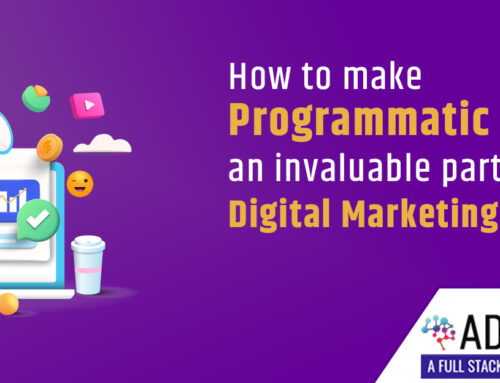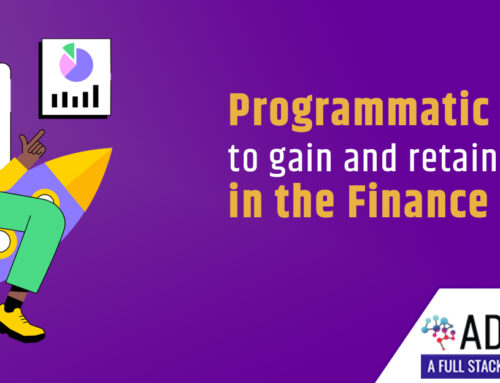Programmatic advertising has gained significant traction in Sri Lanka in recent years, and its usage is on the rise. Programmatic advertising is a form of advertising that uses software to automate the buying, placement, and optimization of advertising in real-time. This type of advertising allows marketers to target specific audiences more efficiently and effectively.
According to a report by eMarketer, programmatic advertising in Sri Lanka is projected to reach $23.7 million in 2023, up from $16.6 million in 2021. This growth is mainly due to the increasing internet penetration rate in the country, which is estimated to be around 32% in 2021.
There are several programmatic advertising platforms available in Sri Lanka, including Google Ads, Facebook Ads, and LinkedIn Ads. These platforms offer a range of targeting options, such as demographics, interests, and behaviors, allowing advertisers to reach their desired audiences more effectively.
In addition, many local digital marketing agencies and ad tech companies offer programmatic advertising services in Sri Lanka, catering to the growing demand from businesses looking to expand their online presence.
Overall, programmatic advertising is a growing trend in Sri Lanka, and it is likely to become even more prevalent in the coming years as more businesses look to leverage its benefits to reach their target audiences more efficiently.
based on general industry trends, here are some potential future trends in programmatic advertising in Sri Lanka:
01.Increased adoption of programmatic advertising: As programmatic advertising becomes more mainstream globally, it is likely that Sri Lanka will follow suit. Brands will increasingly turn to programmatic advertising to reach their target audiences more effectively and efficiently.
02.Emphasis on mobile advertising: As smartphone usage continues to rise in Sri Lanka, advertisers will increasingly focus on mobile advertising, including in-app advertising and mobile video ads. Programmatic advertising will play a key role in enabling brands to target mobile users effectively.
03.Use of artificial intelligence and machine learning: As AI and machine learning technologies continue to advance, they will play an increasingly important role in programmatic advertising. Advertisers will use AI-powered tools to optimize their campaigns, analyze data, and deliver more personalized and relevant ads to consumers.
04.Focus on transparency and data privacy: With concerns about data privacy and transparency in programmatic advertising, brands and advertisers will increasingly focus on transparency and data privacy policies. Consumers are becoming more aware of their data privacy and rights, and brands that prioritize transparency and data privacy will be better positioned to build trust with their target audience.
05.Integration with other marketing channels: Programmatic advertising will increasingly be integrated with other marketing channels, such as social media and influencer marketing. Brands will use programmatic advertising to target consumers across multiple channels, creating a more cohesive and effective marketing strategy.
Overall, programmatic advertising is likely to play an increasingly important role in Sri Lanka’s advertising industry in the coming years, as brands seek to reach their target audience more effectively and efficiently.





